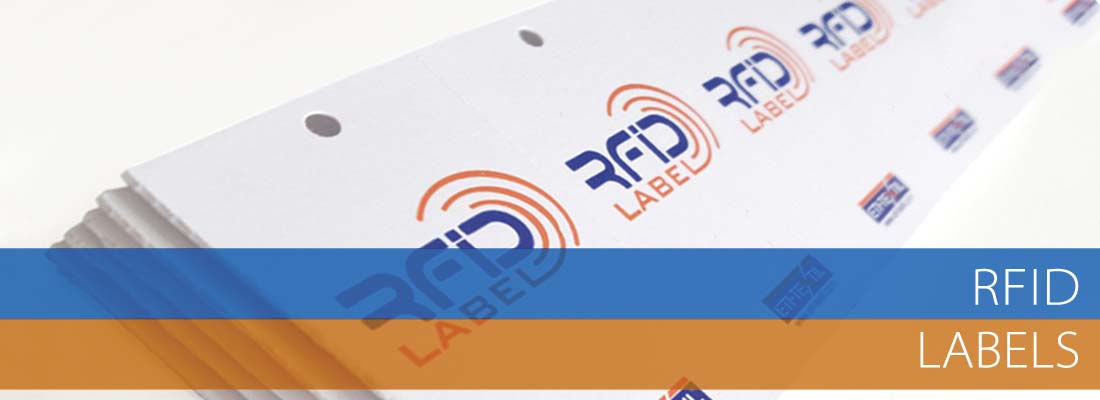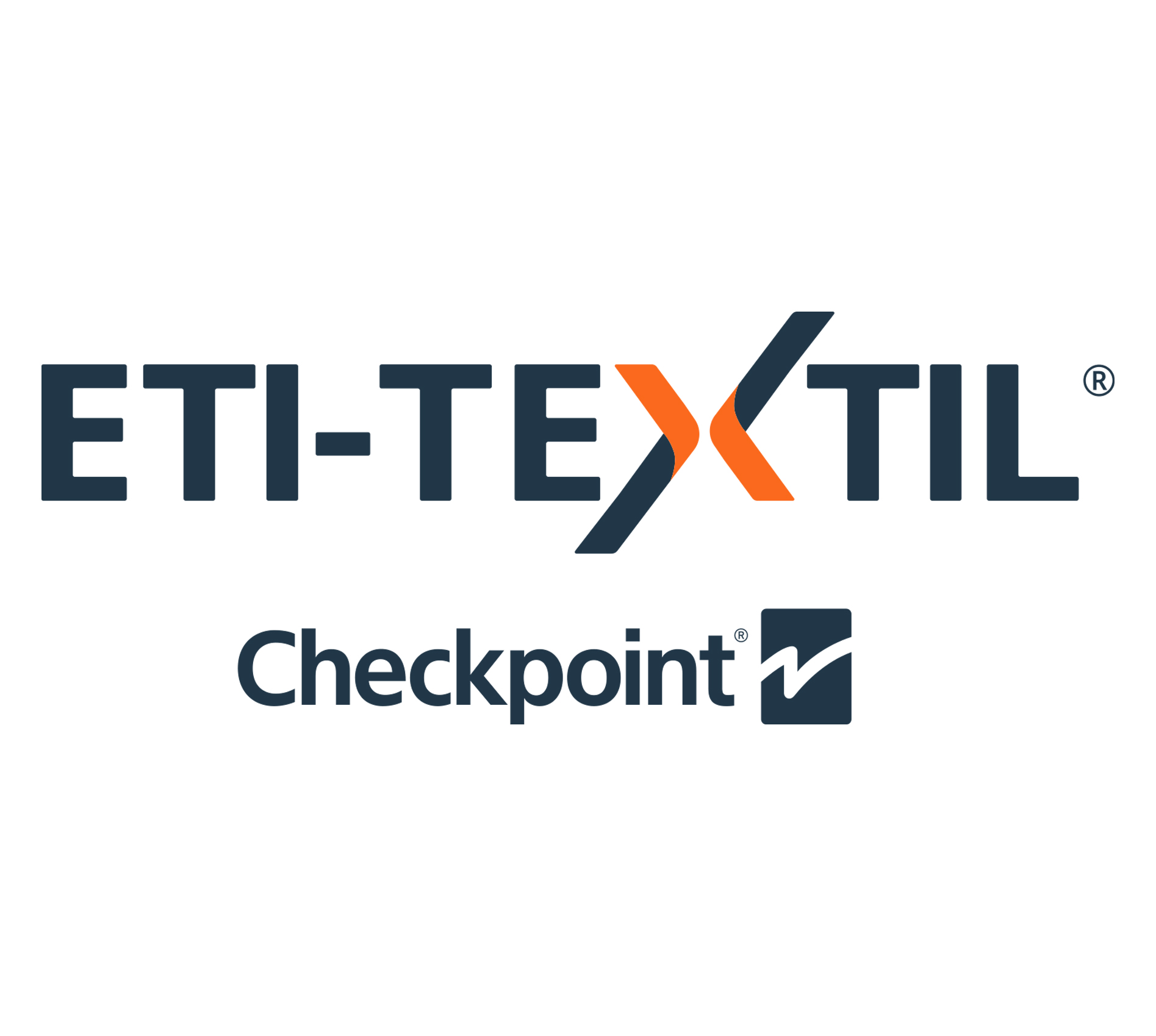
RFID Labels
ETI-TEXTIL has incorporated RFID (radio frequency identification) technology into its products. The use of RFID labels presents important advantages over traditional barcode labels. RFID labels allow mass readings, with a high degree of effectiveness, and without the need for physical visibility, as with the barcode. In this way, the RFID circuits inside the labels are captured by antennas, which detect the product and its position.
The use of RFID labels allows the development of new applications that substantially reduce the operating cost of any retail company, while simultaneously opening up other possibilities along the logistics and sales chain. These RFID labels allow merchandise to be under control at all times, providing the ability to track the traceability of the product easily and at a low cost.
What RFID label solutions does ETI – TEXTIL offer?
ETI – TEXTIL ha preparado una completa oferta de etiquetas RFID que suponen una solución integral de etiquetaje relacionada con esta tecnología, destacando :
-
Adhesive RFID Labels
RFID labels have 3 layers. They have a first layer that is the front, which can be paper or polypropylene. The second layer is the RFID circuit itself. Below this we find the third layer, which is the adhesive.
These RFID labels can be either neutral or customized. In both cases, these labels allow a reprint of any data that needs to be printed on the front.
-
RFID Composition Labels
In this case, RFID composition labels have two layers of tissue, and inside the two is the circuit. These labels can be sewn onto clothing and be applied as a standard composition label. In the circuit all the data of the product that is to be read by the antenna is registered.
The use of RFID composition labels presents advantages when applied from the beginning of the production process, since it allows starting traceability and control from the primary stages. As an inconvenience we could emphasize that there are limitations regarding washes and textile treatments. Therefore, if the garment or product is going to be subjected to certain treatments, it is not advisable to use this type of RFID composition labels, valuing other possible options, such as RFID adhesive labels, or RFID hang tag labels, which in both cases could be applied at the end of the production process.
-
RFID Hang Tag Labels
RFID hang tag labels can be either neutral or customized. The brand or logo is usually printed on the front face. Between the two layers of card is the RFID circuit. The back side, which is generally neutral, is used for the reprint of variable data, such as a chip serial number, bar code and other information that may be contained in the chip or that is useful to consumers.
RFID tags have the advantage that they can be added at any time in the production process or in the logistics chain. Their elimination is very simple after the sale process, thus avoiding any question or doubt related to privacy.
What are the advantages of RFID labels?
While RFID labels permit substantial savings in controlling the logistics chain, their main advantage lies in the potential for sales generation. Automatic identification of products in shops provides important advantages such as:
-
Automatic restocking. Facilitates the restocking process. The presence of antennas at the point of sale enables the observation of which products are still on display and which are missing. The quick identification of articles, references, colors, sizes, etc. that are not available at the point of sale allows instantaneous replenishment, thus permitting the consumer to find the desired product more easily.
-
Product localization. One of the advantages of RFID tags is that they can be localized. This generates multiple options, such as the search for products in case of demand by the consumer, or cross-over to detect products that are located out of place.
-
Cross-selling. The identification of the products selected by the customer will allow you to recommend other products related to the same thing that they have just chosen. In this way, recommendation and advertising can be customized depending on the type of consumer and products you choose at any time. This advertising and cross-recommendation system increases the sale of complementary products related to the one initially chosen by the customer.
-
Payment management. The identification of the products to be paid is made automatically after the detection of the RFID labels. Thus, it is not necessary to read the barcode from product to product, thus obtaining a higher speed and agility at the point of payment.
-
Returns management. Each RFID label is unique and unrepeatable. It has a unique serial number that allows identification of each of the products in an unequivocal manner. Thus, although there are x products that are apparently identical, of the same color and size, RFID tags treat consider as different, individual products, which makes it easier to control whether or not the return of the product corresponds to the previously purchased one. This possibility also allows other advanced options, such as returns without receipts. The retailer may not require the sales receipt to process the return because after reading the RFID tag you will have perfect knowledge of when and where that item was purchased.
These are some of the advantages of RFID label management. We invite you to contact ETI-TEXTIL’s commercial department to analyze your case so that we can propose value added solutions that are specific to your needs.
Legal notice: Products not exposed for sale. It reproduces as a sample of our technical capacity. The distinctive signs belong to their respective owners.

